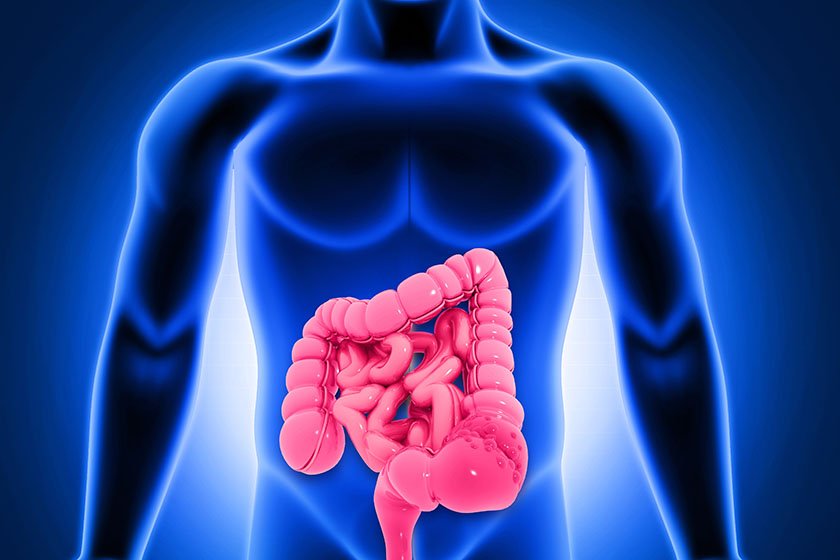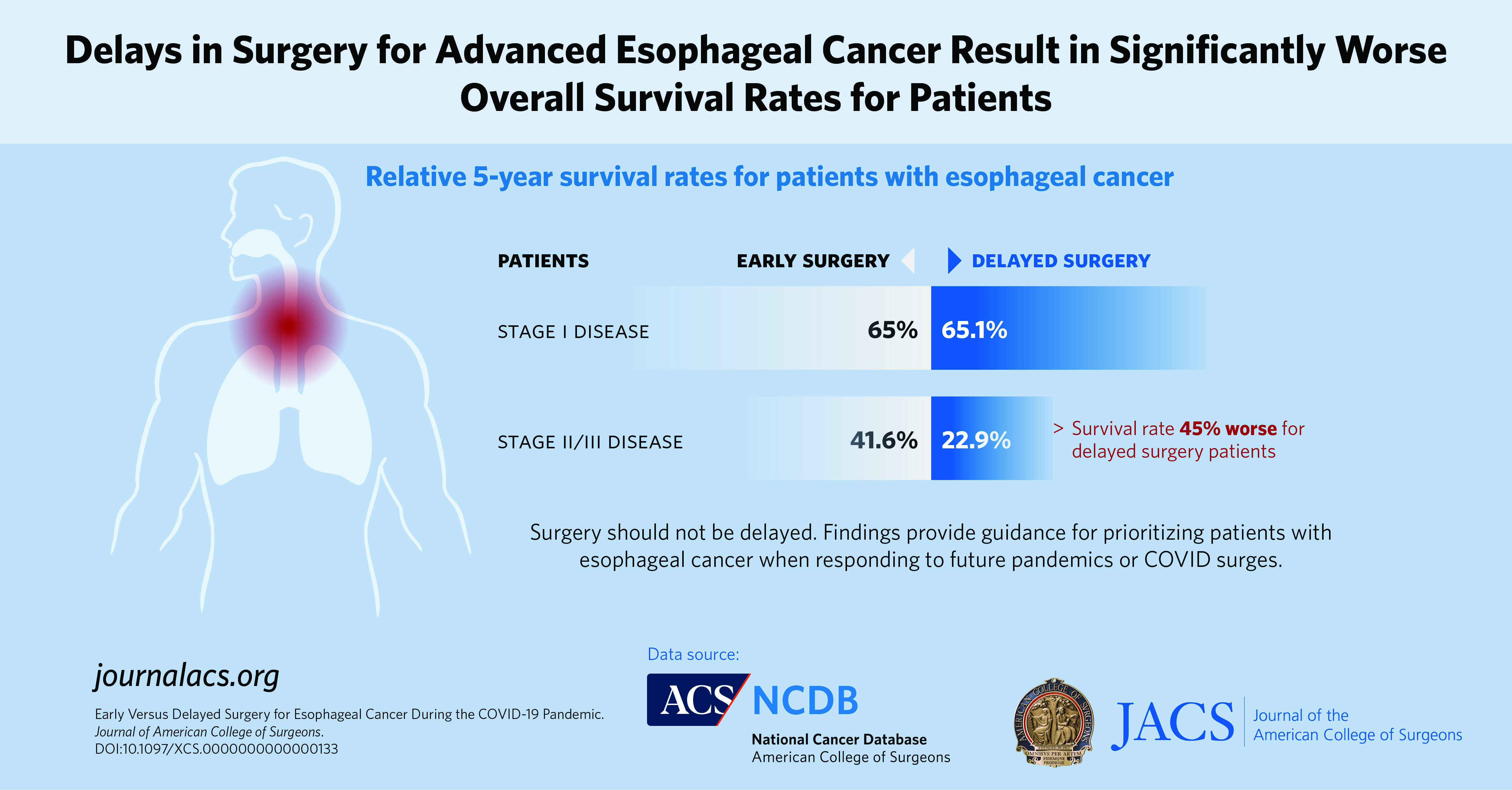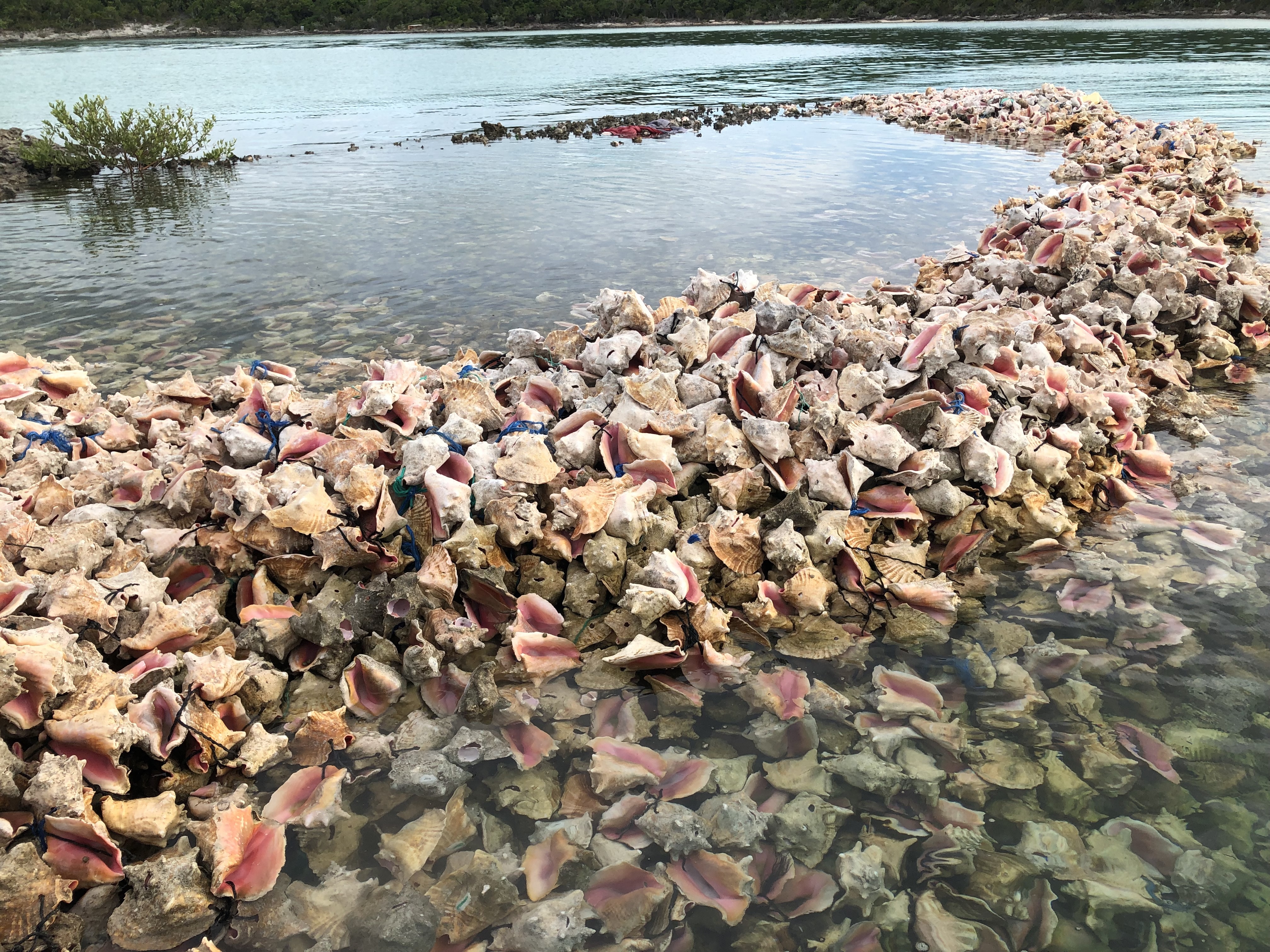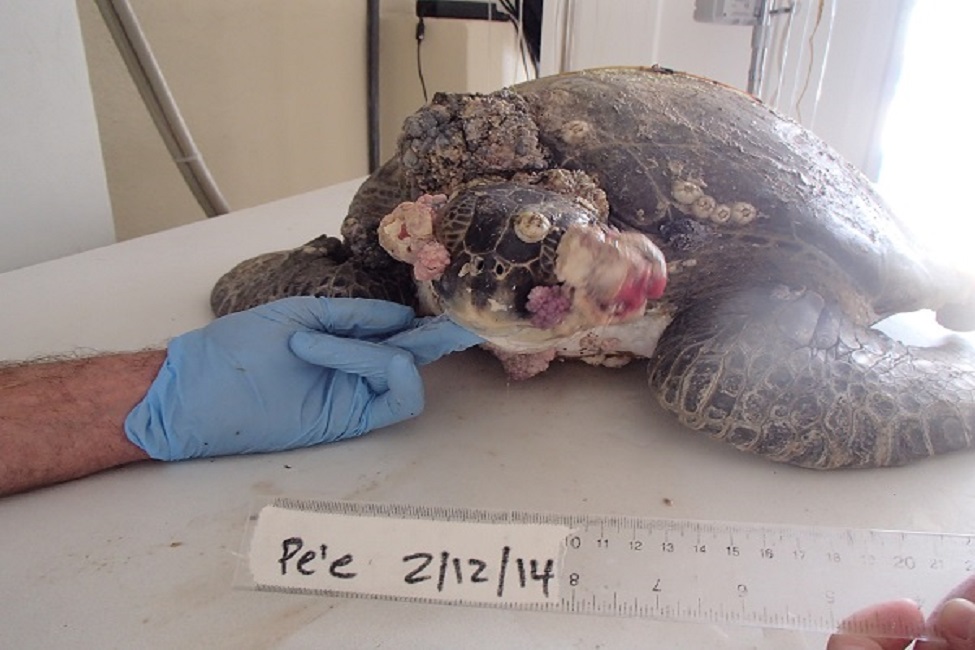A UCLA-led team has developed a machine-learning model that can predict with a high degree of accuracy the short-term survival of dialysis patients on Continuous Renal Replacement Therapy (CRRT).
Tag: Survival
FAU Sea Turtle Experts Provide ‘Best Practices’ During Nesting Season
Three internationally renowned FAU researchers provide “best practices” and answer some of the most frequently asked questions to help protect Florida’s nesting sea turtles and their hatchlings.
Scientists Predict Localized Extinction of Hudson Bay’s Polar Bears if Paris Climate Agreements Are Breached
For the first time, a multi-disciplinary team of scientists analyzes sea ice thickness against polar bear and seal survival across all of Hudson Bay; due to faster-than-expected sea ice loss, scientists predict localized polar bear extinction if Paris Agreements are not met
Desert Poplar’s Genetic Blueprint: Insights into Adaptation and Survival Mechanisms
Researchers have sequenced the genome of Populus pruinosa, a plant thriving in extreme deserts. The study reveals key genes for high salinity and drought adaptability. Analysis of individuals from various populations shows genetic differentiation driven by precipitation, offering insights for ecological conservation and genetic enhancement of desert poplars.
Poor oral health could lessen survival from head and neck cancer
An international study has revealed strong associations between oral health and survival among people diagnosed with head and neck cancer. Specifically, better oral health, as evidenced by the number of natural teeth and dental visits prior to the time of diagnosis, was associated with increased survival.
Mortality, Survival, and Readmissions During a 12-Month Follow-Up After Hip Fracture: Inpatient Rehabilitation Versus Home Rehabilitation
Abstract Purpose This study compared readmissions, survival, and mortality during a 12-month follow-up period of inpatient rehabilitation and home rehabilitation for older persons who had experienced a hip fracture. Methods This work was retrospective cohort research. Between January 1 and December 30, 2019, the medical records of 280…

AI Tool Predicts Colon Cancer Survival, Treatment Response
New AI tool accurately predicts both overall survival and disease-free survival after colorectal cancer diagnosis.
The model uses visual markers on pathology images to glean insights into a tumor’s genomic profile and predicts tumor behavior, disease progression, treatment response.
The new model could help augment clinical decision-making.
Because the AI tool relies on images alone, it could be particularly valuable for hospitals lacking the technology or expertise to perform sophisticated genomic profiling of tumor tissues.
Hummingbirds use torpor in varying ways to survive cold temps
Hummingbirds have the fastest metabolism of any animal. The tropical hummingbirds that live in the Andes Mountains in South America must expend considerable energy to maintain their high body temperatures in cold environments. One tool that they use to survive cold nights is called torpor, a hibernation-like state that allows them to ramp down energy consumption to well below what they normally use during the day.
It’s Not the Heat, It’s the Humidity: Water Loss Hurts Bees Most in the Desert
Digger bees lose large amounts of water during flight, which compromises their activity period and survival in the desert heat. Researchers from Arizona State University will present their work this week at the American Physiological Society (APS) Intersociety Meeting in Comparative Physiology: From Organism to Omics in an Uncertain World conference in San Diego.
Study First to Explore ‘Walking’ Sharks on the Move in Early Life Stages
A newly-discovered walking shark that breaks all of the rules for survival is the focus of a first-of-its-kind study that examined differences in walking and swimming in neonate (newly-hatched) and juvenile walking sharks. Despite dissimilarities in body shapes – neonates have bulging bellies and juveniles are slender – the three aquatic gaits they use (slow-to-medium walking, fast-walking and swimming) did not differ. Kinematics between neonate and juvenile epaulette sharks did not alter during development.

Delays in surgery for advanced esophageal cancer result in significantly worse survival than early surgery
Delays in surgery for esophageal cancer did not appear to have much impact on patients’ relative survival for early-stage cancer compared with patients who had surgery early, but they did reduce the relative survival rate by almost half for patients with more advanced disease.

‘Hail to the Queen’ – Saving the Caribbean Queen Conch
Second only to the spiny lobster, the queen conch is a prized delicacy long harvested for food and is revered for its beautiful shell. Conch populations have dwindled so low, creating a dire and urgent situation in ecological and economic terms. To preserve this most significant molluscan fishery in the Caribbean, the world’s leading expert on queen conch aquaculture has published an 80-page, step-by-step user manual that provides complete illustrations and photos of how to culture and restore the queen conch.

5 tips for business survival in pandemic
As CEOs and executives struggle to deal with the fallout from Covid-19, internationally renowned business growth expert, UniSA’s Professor Jana Matthews is encouraging companies to step back and carefully assess their business before making any radical decisions about their future.

Most Rehabilitating Sea Turtles with Infectious Tumors Don’t Survive
Fibropapillomatosis (FP) is the most significant infectious disease affecting sea turtle populations worldwide. FB leads to tumors on the turtles’ eyes, flippers and internal organs and is widespread in warmer climates like Florida. A large-scale study evaluated tumor score, removal and regrowth in rehabilitating green sea turtles with FP in the southeastern U.S. from 2009 to 2017, and found that 75 percent did not survive following admission into a rehabilitation facility, irrespective of whether or not tumor regrowth occurred after surgery.